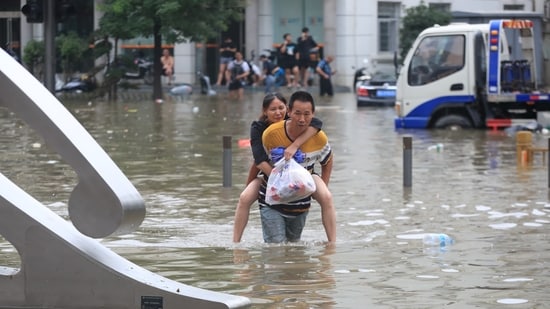acooban@businessinsider.com (Anna Cooban)

Jason Cabrera, 19, is the general manager of Layne's Chicken Fingers in Texas, earning $50,000 a year.
Cabrera said that his biggest problem is finding enough workers in the labor shortage.
He expects to lose 11 members of staff in the next few weeks as they go off to college, he said.
.
A 19-year-old manager of a Texas chicken restaurant told Insider that he expects to lose half of his staff in the next few weeks.
Jason Cabrera runs the Allen, Texas, branch of the Layne's Chicken Fingers restaurant chain, which promoted teenagers to management roles because of a severe staff shortage. Cabrera, who earns a $50,000 salary, estimates that he'll need to replace 11 of his 22 junior employees in the coming weeks, with many going off to college out of state.
The labor shortage was the biggest challenge he faces as the restaurant manager, he said.
Garrett Reed, CEO of Layne's, told Insider in a separate interview that he would "usually have at least a handful of seasoned managers, people in their late-20s, early-30s" running his eight restaurants, but the labor shortage led him to promote three workers who are 18 or 19 to manager roles, including Cabrera.
Reed has found it "tough to compete" with places like Walmart and McDonalds, which can afford to offer higher wages, and many of his workers have left to join bigger companies, he said.
Read more: Leaked documents show how McDonald's plans to win the 2021 chicken-sandwich wars. Here's everything we know about the looming fast-food battle.
Cabrera took on the role a week after his 19th birthday in January.
He told Insider that he's "huge on recruitment" and uses hiring service CareerPlug to find workers.
"I always refresh that page every day," he said.
"I'm always looking for someone and there's days I won't get any, there's days I'll get five."
In recent months, restaurants have struggled to find enough workers to keep up with customer demand, leading some owners to hike wages and offer large sign-on bonuses to entice employees.
Hiring appears to be picking up: Food services and drinking places added 194,000 jobs in June, accounting for more than half of all job gains in leisure and hospitality industries that month, per Labor Department data. However, three in four independent restaurants are still struggling for workers, according to a recent poll.

Cabrera insists a lack of staff has not led to a drop in standards. "I make sure when I do my interviews and whatnot, people know that I have high standards," Cabrera told Insider. He said that he looks for staff who care about the quality of service, and work with urgency.
Cabrera's annual earnings are far above the $9.50 per hour "learning wage" that Reed said his entry-level employees receive, and the $28,860 per year the average 16 to 19-year-old can expect to make in the US, per Labor Department data.
His salary doesn't include any performance-linked bonuses general managers might receive at the end of the year.
Cabrera said that he has struggled in past jobs to be taken seriously due to his young age, but has embraced the responsibilities of his new role.
"Just knowing that anything that happens inside of that store is on me," he said. "Anything that goes wrong, anything that goes right, it all comes back to me."
Cabrera told Insider that he's saving up so he can open his own Layne's franchise. "I just want to see how fast I can get there," he said.
Law of Supply & Demand Definition With Examples
The law of supply and demand is a theory that explains the interaction between the sellers of a resource and the buyers for that resource. The theory defines the relationship between the price of a given good or product and the willingness of people to either buy or sell it. Generally, as price increases, people are willing to supply more and demand lessand vice versa when the price falls. The theory is based on two separate "laws," the l…









